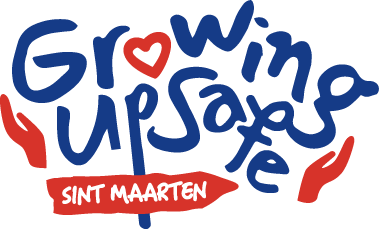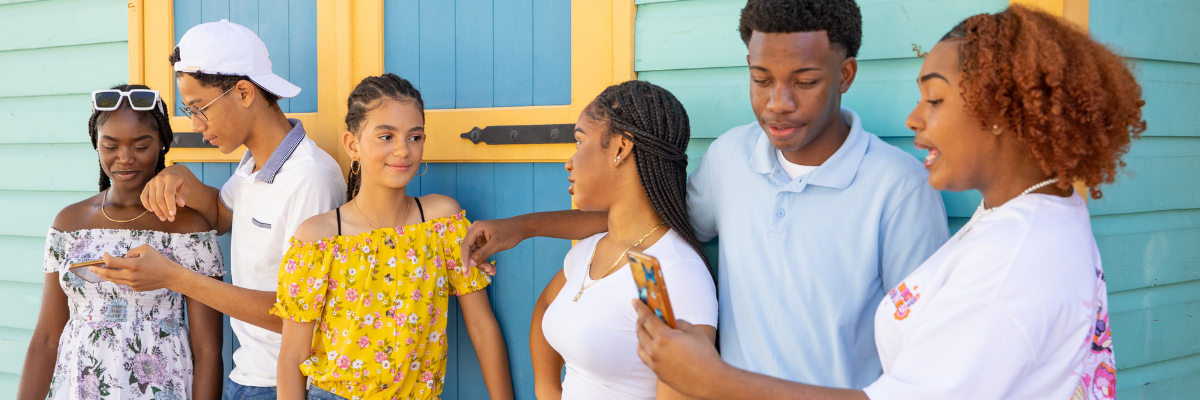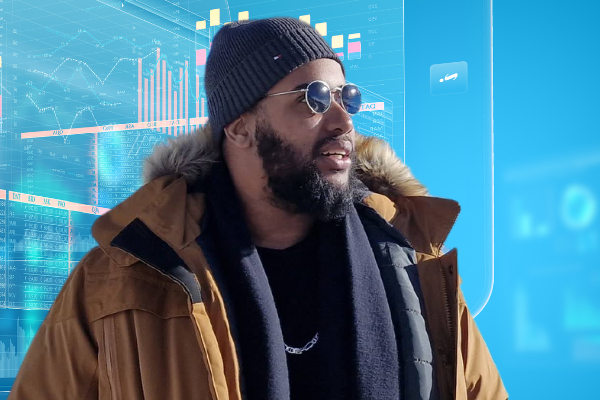This edition of Growing UP Safe St Maarten (GUSS) delves into a world our children are increasingly inhabiting: the digital landscape. Here, information flows freely, connections are made instantly, and opportunities abound. But like any new frontier, it also presents challenges. Our goal? To equip our children with the tools they need to thrive in this new reality while ensuring their safety and well-being.
The articles in this edition explore this theme from various angles. Ryan Susana, an IT expert, reminds us that technology is a double-edged sword. It can expose children to dangers, but it can also empower them. The key lies in fostering critical thinking skills – the ability to discern truth from falsehood, navigate online interactions, and protect themselves from harm. This is not about restricting access but about education and empowerment.
Audrey Wilson, an educator, highlights the importance of social-emotional learning alongside digital literacy. Children need to understand and manage their emotions, both online and offline. Programs like “Zippy’s Friends” offer valuable tools for developing these skills, fostering resilience and healthy social interactions.
The truth is, our children will exist in a world that seamlessly blends the digital and the real. They will need the ability to navigate both effectively. This means setting boundaries for screen time, encouraging real-world interactions, and fostering open communication. It means being informed about the latest trends and potential dangers, while also celebrating the opportunities that technology presents.
The key lies in finding a balance. Initiatives like “The Vault,” a youth-run entrepreneurship project, demonstrate the power of positively using technology while fostering real-world engagement and empowering young people. Community Police Officer Felix Richards emphasizes how online behaviour often spills over into the physical world. Equipping children with the skills to navigate both aspects is essential.
There’s a place for innovation too. Laura Bijnsdorp explores the potential of tools like ChatGPT, an AI program, to assist educators in crafting online safety lessons and identifying potential risks. The message is clear: technology is not the enemy; rather, it’s a powerful tool that, with the right guidance, can be used for good.
Our children are growing up as digital citizens. By fostering critical thinking, social-emotional intelligence, and responsible technology use, we can prepare them to not only survive but thrive in this blended world. We should find ways to embrace the opportunities that technology presents, while ensuring our children have the foundation they need to build safe and fulfilling lives, both online and off.
Ultimately, it’s about balance. Let’s prioritize equipping our children with the skills to navigate the digital world safely and responsibly, while also recognizing the significance of face-to-face interactions in nurturing their social skills. It’s crucial that we strike that balance, to ensure that they can enjoy the benefits of both digital engagement and real-world experiences, fostering creativity, exploration, and meaningful connections.


